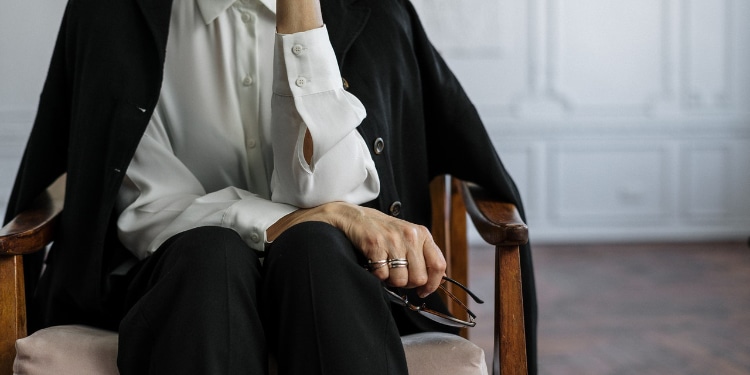
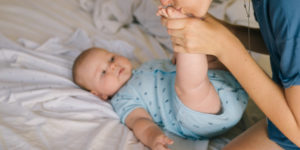

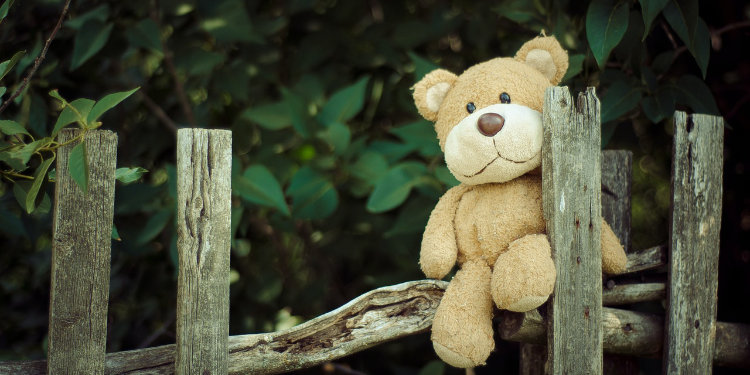

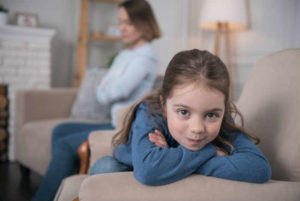



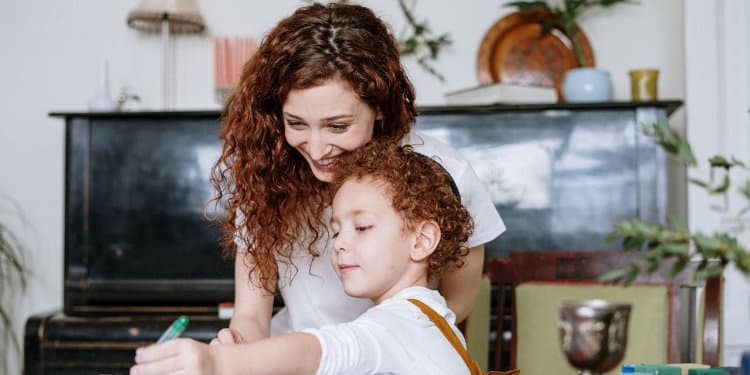

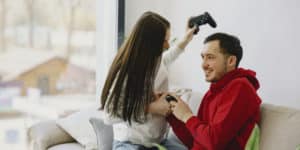
Psychologists and other researchers have long studied the impact that colors have on human life; color has been found to influence people’s ideas, perceptions, and preferences for things both obvious and discreet. Color is used in marketing and advertising to entice people to purchase products and can influence a person’s emotional state and mood. The color blue, for instance, is often associated with peace, tranquility, and emotional depth.
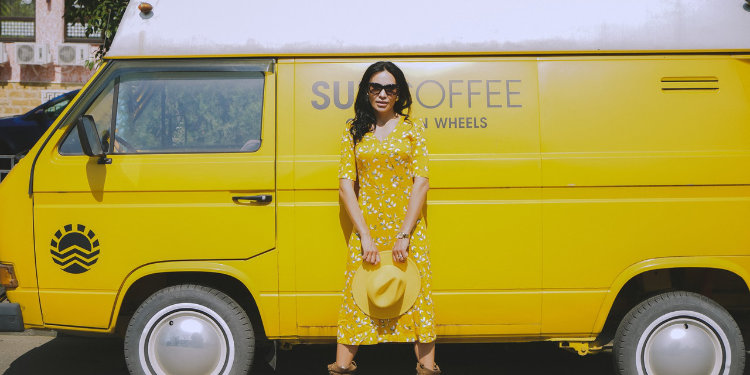
Understanding how colors affect people can help people develop business plans and learn how to decrease stress levels and increase positive emotions. In addition to being influenced by certain colors, some believe that a person’s color preferences can also say a lot about their personality as well.
There has been a lot of research completed about color preference and what it means. One University of Maryland study found that the most common favorite color for Americans is blue, followed by green, purple, and red. It has been suggested that people prefer the cooler colors of green and blue as a result of an evolutionary preference; researchers suggest that these color preferences may come from the partiality of climates and environments that predominantly showcase these colors (Palmer & Schloss, 2011).
An example of this would be a lush green landscape next to a blue water source. These colors in this context would indicate that there is rainfall or enough moisture to keep things growing and surviving and that there is enough water around to survive. A more desert landscape may be scarce in resources and may be evolutionarily less ideal.

In addition to a possible evolutionary reason, some studies have suggested that a person’s internal temperature could affect the color they prefer. One particular study indicated that people who are generally more cold prefer warmer colors and those who run more warm may prefer cooler temperatures (Wang et al., 2018).
This same study reported gender may be related to these factors, as it is possible that women generally prefer warm colors and men prefer cooler colors. This study also suggested that favorite colors have also been seen to have some cultural connections; people who were raised in the same place have been shown to have the same color preferences, no matter what race or ethnicity they are.
While a lot of researchers study the impact that color and color preferences can make on human life, there is little confirmation that color preference directly relates to personality traits. Similar to astrological signs and horoscopes, however, some people have attributed personality traits to different colors and suggested links to these traits based on a person’s favorite color. While these theories aren’t routed in science, they can be a fun and interesting way to understand color and what it may mean within our society.
Here is a brief look at what a preference for each color may say about your personality:
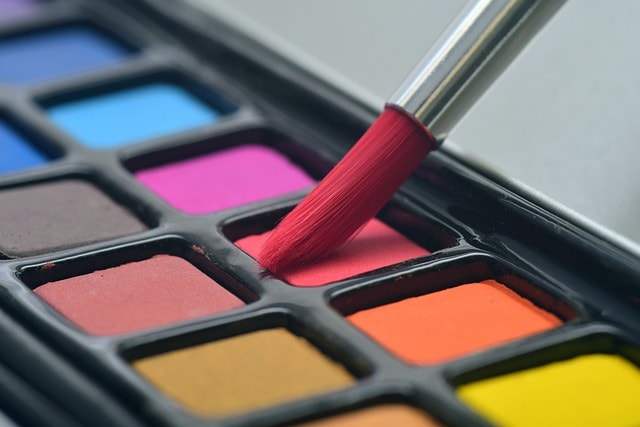
While the above list is not rooted in “hard science,” there is evidence that suggests that color preference does relate to personality traits on some level. So you should not be surprised if the traits associated with your favorite color feel like an accurate description of your personality. However, if you want to better understand yourself, speak with a mental health professional about conducting the Myers-Briggs personality test.
Sources: